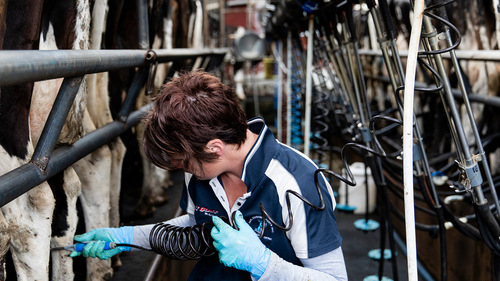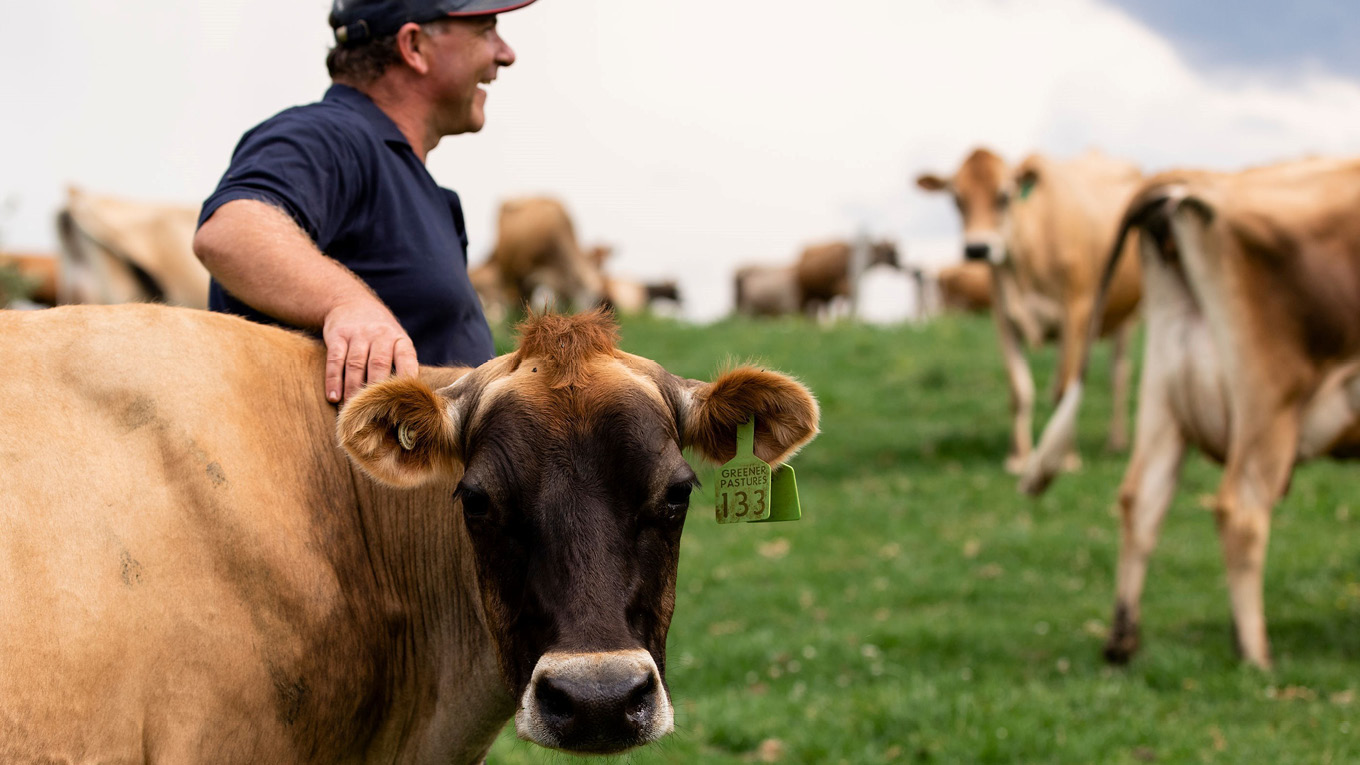Bacteria in Milk
There are many ways to measure the quality of raw milk, or milk that has not been pasteurised and processed. Some are subjective, such as sensory measures (smell, taste, visual) and others are objective (composition, culturing, somatic cell count, colostrum, temperature, freezing point).
When it comes to dairy hygiene, the focus is on determining the level of contamination of bacteria in the milk. There are many different types of bacteria – with different characteristics – that can contaminate milk and each can have a different consequence on milk quality. Sources of bacteria may include:
- Inadequately cleaned and disinfected milking equipment
- Soiled animals (especially teats, udders and tails)
- Inadequate milk cooling
- Cows with mastitis (rarely)
Several different tests are performed on bulk milk samples to quantify bacterial levels. The most commonly used in Australia include the Total Plate Count (TPC), Bactoscan and Thermoduric counts.
Every milk company has a scheme which specifies the parameters used to measure a dairy farm’s supply of milk. The types of measures used, the thresholds applied and the associated payments and penalties differ between companies.
If bacterial counts are above premium limits, a thorough and systematic investigation should be carried out by an experienced person.
Total Plate Count (TPC)
What the test measures
TPC measures the total number of bacteria colonies that have formed from live, viable bacteria.
How the test is conducted (or test procedure)
Bulk milk samples are incubated on agar plates at 30 degrees Celsius for 72 hours. After incubation, the colonies of bacteria are counted visually or electronically.
Typical limit for premium quality
Less than 20,000 colony forming units per millilitre (cfu/ml)
Bactoscan
What the test measures
Total number of bacteria (alive or dead).
How the test is conducted (or test procedure)
Bulk milk samples are electronically scanned and all bacteria (alive or dead) are counted.
Typical limit for premium quality
Less than 80,000 individual bacterial count per ml (ibc/ml).
Thermoduric
What the test measures
Total number of bacteria that have survived pasteurisation and have formed colonies.
How the test is conducted (or test procedure)
Bulk milk samples are first pasteurised at 63.5°C for 30 minutes then incubated on agar plates at 30°C for 72 hours. After incubation, the colonies of bacteria are counted visually or electronically.
Typical limit for premium quality
Less than 2,000 cfu/ml.


